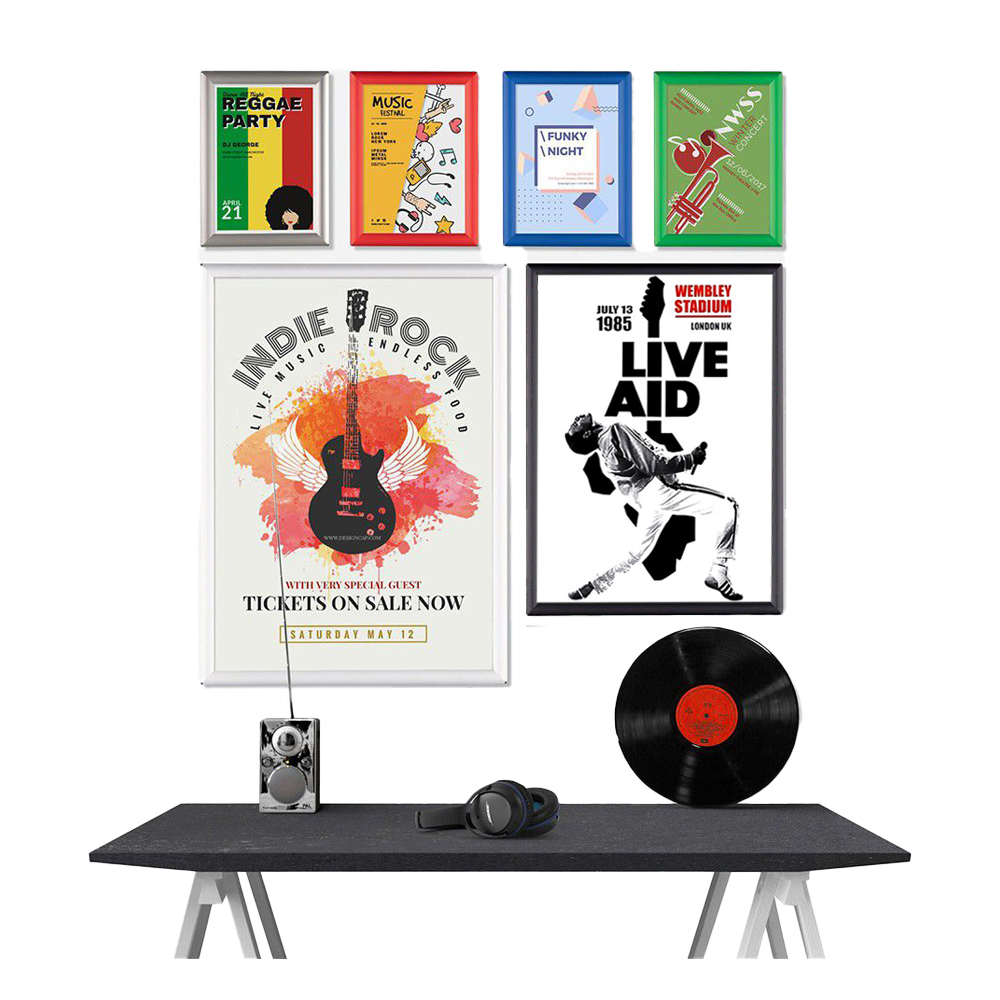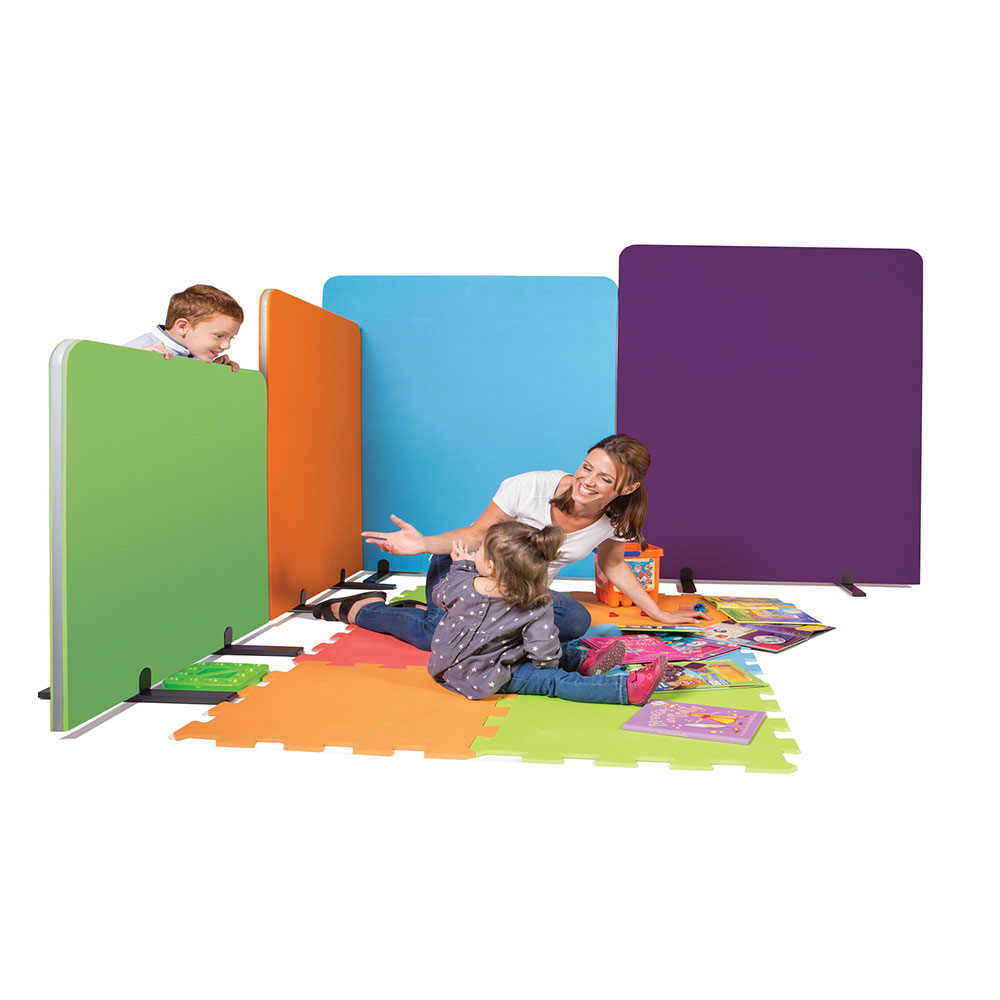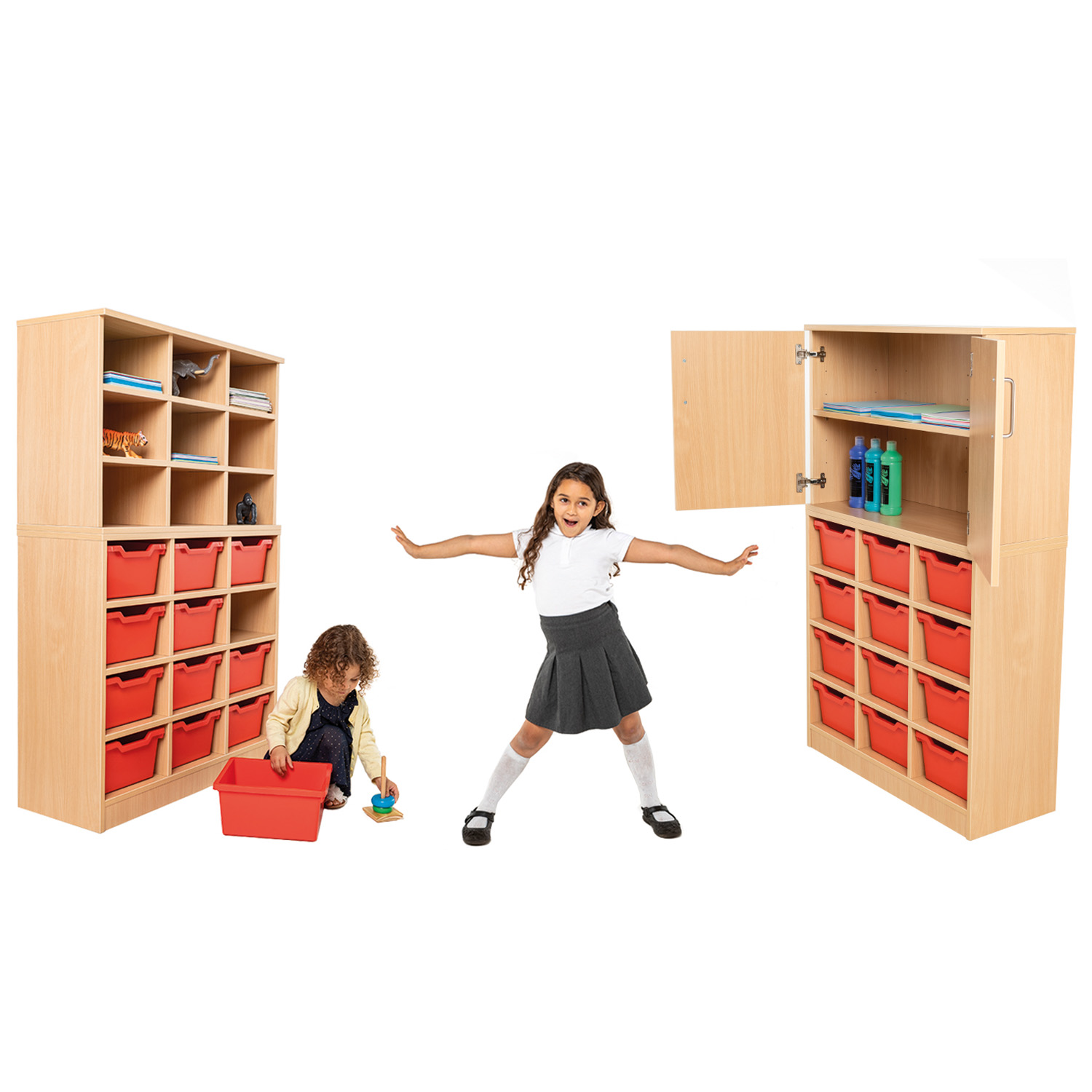How to increase Productivity in the Classroom

Colour itself is often interpreted as part of our subconscious, impacting many of the decisions we make daily. From picking out your clothing ensemble in the morning, to the choice on the supermarket shelves at lunchtime. But who knew it could shape our moods and emotions? Colour and productivity in the classroom also share significance, keeping that brain train chugging along nicely. This article aims to highlight the differing impacts certain colours have, and how to utilise them to keep those books open and hands up.
The notion of colour in the classroom has been practiced for years, teaching children the foundations of social behaviour in preparation for the wider world. According to a 2006 study by the College Student Journal the use of colour can boost learning productivity up to 10%, reducing absences and also improving student morale. This paired with a visually pleasing classroom, win-win wouldn’t you agree?
The notion of colour in the classroom has been practiced for years, teaching children the foundations of social behaviour in preparation for the wider world. According to a 2006 study by the College Student Journal the use of colour can boost learning productivity up to 10%, reducing absences and also improving student morale. This paired with a visually pleasing classroom, win-win wouldn’t you agree?
Why do brighter colours increase productivity?
When it comes to the psychology of the colour red, we are most receptive. Take the STOP traffic signs glazed past on your morning commute for instance, or to your delight a discount on a clothing tag. Red conveys urgency and draws attention to the subject in a dominant and stimulating manner.
Used in a classroom context, reds were significant in increasing mental alertness and promoting creativity. Used to excess, however, could lead to feelings of anxiety, presenting negative implications for education. Imagine a classroom furnished entirely in red, the very thought makes us break a sweat. On the bright side, yellow acts as an adequate substitute for demanding attention while also encouraging optimism and all round positive vibes.
Brighter hues are proven to have a complementary effect on the minds of those in junior education.
Where best used: As a harsher colour, red works best in interactive environments to encourage participation such as English and Music classrooms and Drama studios. Yellow thrives in areas championing creativity such as in workshops or junior classrooms.

How cooler colours increase productivity?
Calmer colours such as blues and greens act to restore feelings of calmness, tranquillity and comfort to the classroom; levelling out the emotional rollercoaster that school presents.
Lighter blue shades have a soothing effect on our minds and work best in environments focussed on problem-solving, leadership and generating rich conversation. Darker blues translate feelings of dignity and loyalty, ideal for environments that require deep thinking and individual work.
As humans, we naturally gravitate towards elements of earthiness and nature, such as fantasizing about that tall grass field on a warm summer’s day. Green as the easiest colour on the eye aids in long term concentration, clarity and feelings of relaxation.
Ultra-violet or purple was announced by the Pantone colour institute as the shade of 2018. It promotes feelings of inventiveness and imagination due to its association with spiritualism, taking potential to another level.
Cooler hues are proven to adhere to the minds of children in higher education.
Where best used: Both greens and blues are ideal for use in high concentration areas such as libraries or study zones. Also for areas that require group conversation and teamwork. Purples flourish in breakout zones, social science classrooms and staff rooms.

Products for boosting productivity in the classroom
So you’ve successfully zhuzhed up the walls in your classroom, and you’re still not feeling the productivity buzz. Don’t panic. At Wonderwall, we are fond of thinking outside the box, offering a range of furniture and display elements guaranteed to bring new life to your learning zone. Designed to act as a focal point in blander environments, or as a perfect accompaniment in brighter areas, the range will pass the approval test with flying colours.
• Lecterns
ColourBox range for increased productivity
With the colour revolution remaining at the forefront in education, ColourBox furniture and storage was born. An educational range, designed to challenge the conventional rules of colour and turn heads in the process. Think Andy Warhol or Michael Portillo. As colour remains very much a personal choice, the sky’s the limit with the plethora of vibrant options to be made to reflect you and your class down to a T.

A study by the University of Salford concludes that classroom design could affect a pupil’s academic learning and productivity by up to 25%.
Other than colour, the main component of classroom design is flexibility. With a large proportion of the Colourbox range easily mobile with four wheels, different learning styles and activity types are accommodated for; ensuring children get the most out of their learning.
Colour has been a large influence in our lives for as long as we can remember. And what was once a trendy addition to the classroom has become an integral motivational tool. Jump on the colour bandwagon, and jazz up your classroom to spark those crucial brain waves. You won’t regret it.
If you require some advice about colour in relation to your learning zone, do not hesitate to contact us.








